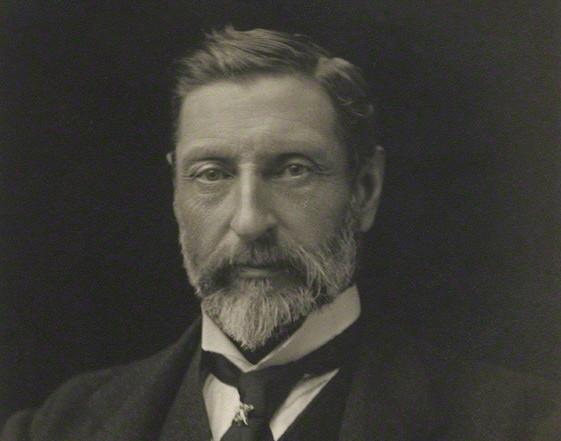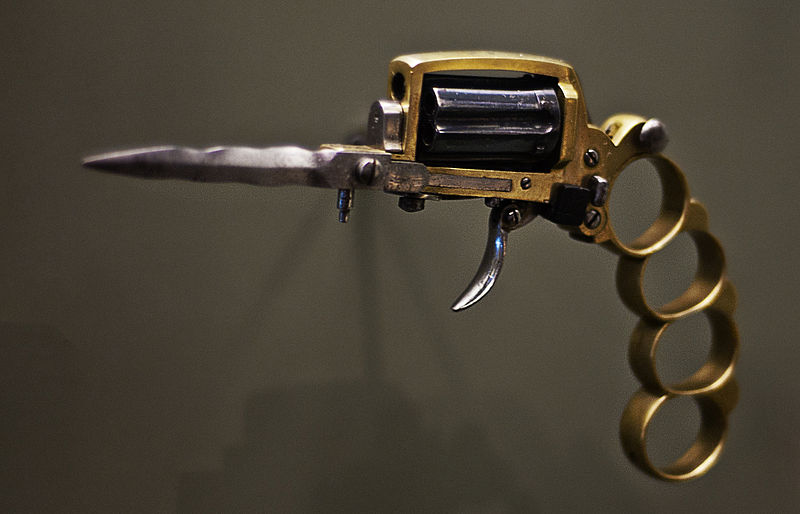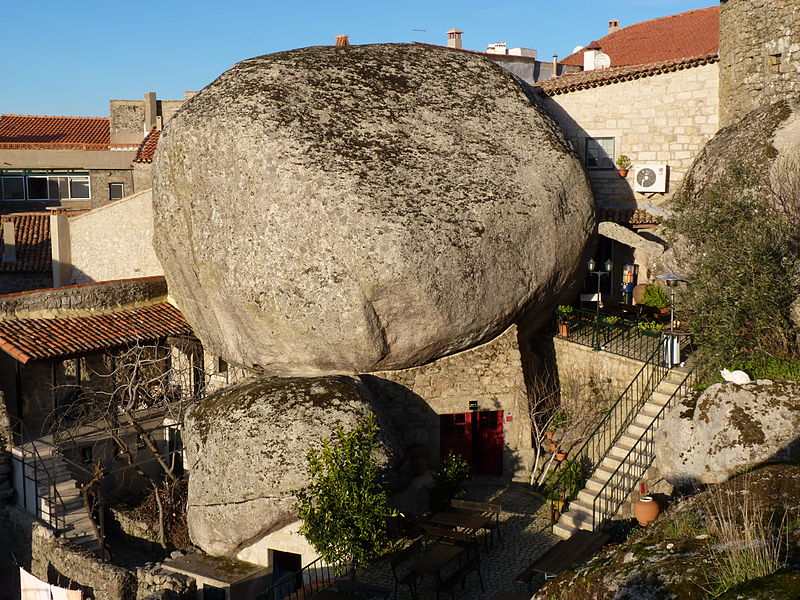
During the Great Depression, Babson College founder Roger Babson commissioned unemployed stonecutters to carve inspiring inscriptions on 25 boulders in Dogtown, an abandoned settlement in Gloucester, Massachusetts:
- COURAGE
- IDEAS
- HELP MOTHER
- KINDNESS
- LOYALTY
- IF WORK STOPS, VALUES DECAY
- BE ON TIME
- GET A JOB
- INDUSTRY
- INITIATIVE
- INTEGRITY
- KEEP OUT OF DEBT
- SAVE
- SPIRITUAL POWER
- STUDY
- TRUTH
- WORK
- BE CLEAN
- BE TRUE
- PROSPERITY FOLLOWS SERVICE
- USE YOUR HEAD
- IDEALS
- INTELLIGENCE
- NEVER TRY/NEVER WIN
Babson did some of the work himself. “Another thing I have been doing, which I hope will be carried on after my death, is the carving of mottoes on the boulders at Dogtown, Gloucester, Massachusetts,” he wrote in 1935. “My family says that I am defacing the boulders and disgracing the family with these inscriptions, but the work gives me a lot of satisfaction, fresh air, exercise and sunshine. I am really trying to write a simple book with words carved in stone instead of printed paper. Besides, when on Dogtown common, I revert to a boyhood which I once enjoyed when driving cows there many years ago.”
The boulders are extant today and can be visited on a hiking trail.










